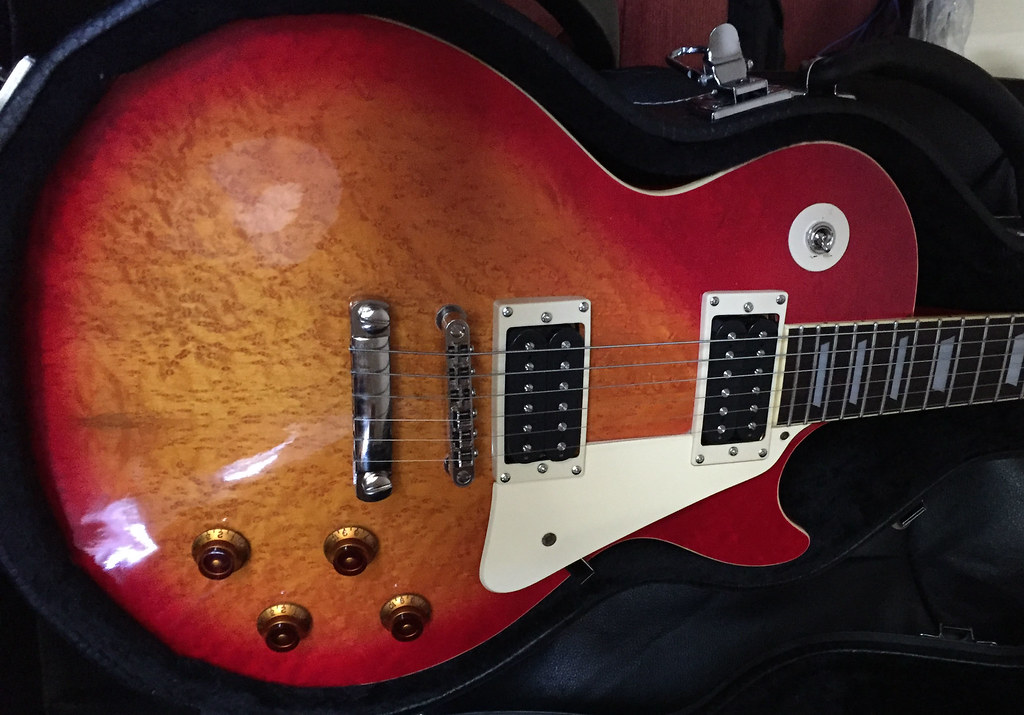Hey,
I'm not someone who is technically minded but I would like to build a passive "boost" for my guitar (increase signal with no batteries). I think I can do it with just the signal from the guitar amp. I know that Yamaha has made this work with a transformer. Is there any reason that a transistor circuit wouldn't work?
Thanks!
I'm not someone who is technically minded but I would like to build a passive "boost" for my guitar (increase signal with no batteries). I think I can do it with just the signal from the guitar amp. I know that Yamaha has made this work with a transformer. Is there any reason that a transistor circuit wouldn't work?
Thanks!


